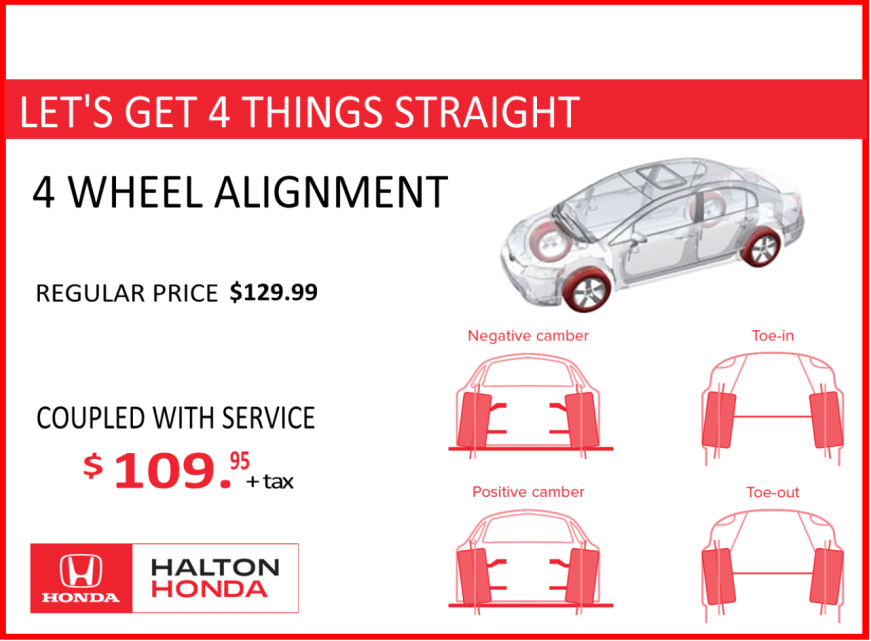Spring might have sprung but potholes are still out there! If you can’t avoid a pothole, at least slow down as much as possible and let off the brakes just before falling into it. This will help prevent damage to your vehicle. Here are the most likely types of damage and the symptoms that come with them.
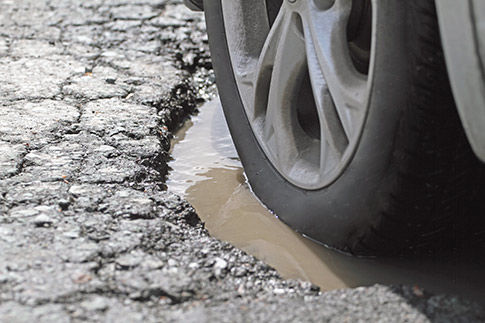
When the weather warms and the ice melts, the top layer of asphalt on the road is unsupported. As a truck or other heavy vehicle drives over that spot, the asphalt can give way, revealing the void underneath.
And so a pothole is born.
Safety First, Whatever the Situation!
Don’t try to swerve around a pothole if there’s a chance that your avoidance maneuver will result in an accident.
If you weren’t able to avoid a pothole and you want to stop and inspect damage to your car, be sure to park in a safe place.
Never stop on a highway to attempt to recover a lost hubcap: you could be struck by a passing vehicle.
-
Your steering may pull. This is your alignment and is paramount for handling as well as tire function. Your steering wheel should point the same way as your tires.
-
Your driving control is compromised and you feel your car bottoming out or bouncing erratically. You may feel swaying, especially on turns. This indicates your suspension has taken a hit, and can negatively affect everything from shocks, struts, ball joints, steering rack, bearings, seals, and tie rods.
-
Take a look at your actual tires. Look for cuts or bulges. What may seem okay at low speeds can be a potential blowout at higher ones. You should visually inspect your car frequently; after a pothole crunch, do it immediately.
-
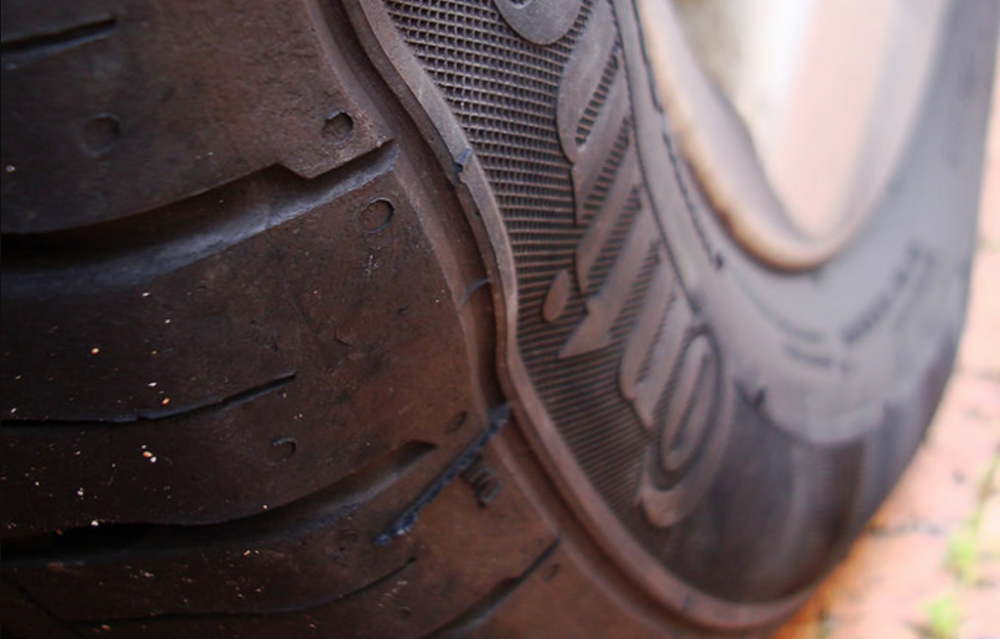
Consequences of Impact
Tires
-
The tire is the first thing to absorb the impact, and this can break its interior structure and/or tear the sidewall. An overinflated tire runs a greater risk of structural damage, whereas an underinflated tire might rupture when squeezed between the pothole and the wheel.
-
Low-profile tires can sustain severe damage from this kind of impact. If you have any doubts after a collision with a pothole, it would be wise to have your tires examined by a specialist: if a tire’s belt is broken, this could pose a serious safety hazard.
Wheels
-
If the tire doesn’t absorb the entire shock — if it’s underinflated, for example — the wheel will suffer the consequences. It may bend, crack, or break as a result of the impact.
-
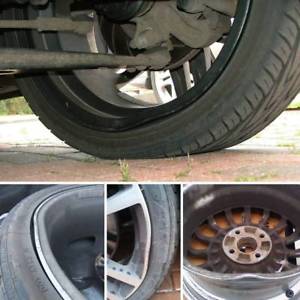
Repair options for a wheel are quite limited, so more often than not it will have to be replaced. Alloy wheels are both more fragile and more expensive.
-
Suspension and Alignment
When a wheel falls into a pothole it is subject to both vertical and horizontal forces. These forces are transmitted to the suspension, which is meant to move up and down. If there is enough horizontal force, suspension parts (like the suspension arm) as well as steering parts (like the steering linkage, or tie rod) can be damaged and the wheels knocked out of alignment.
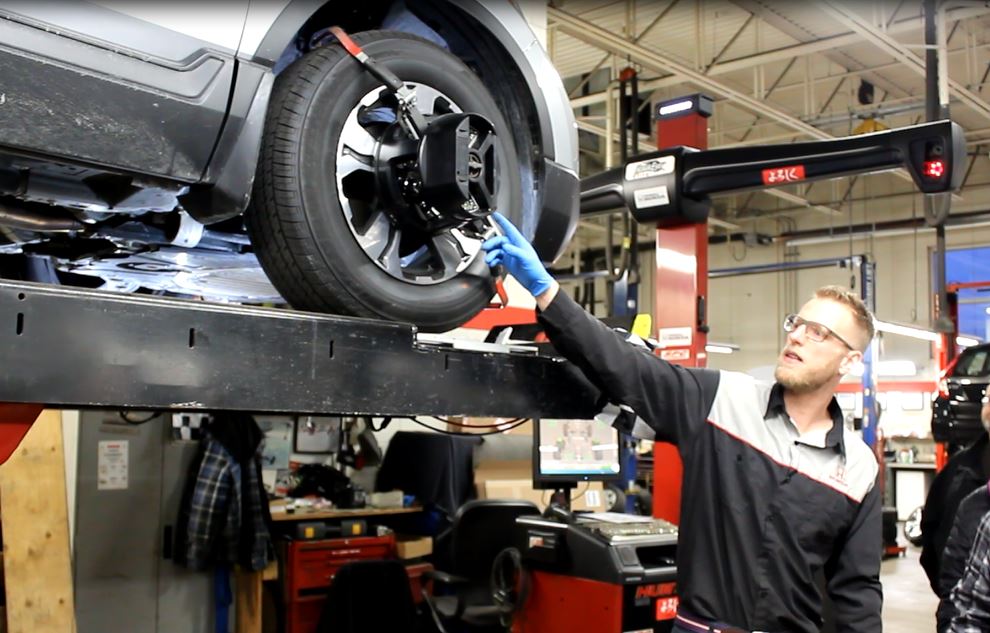
If the wheels are not realigned, your tires will wear out unevenly and quickly, while driving the vehicle may become noticeably uncomfortable.
